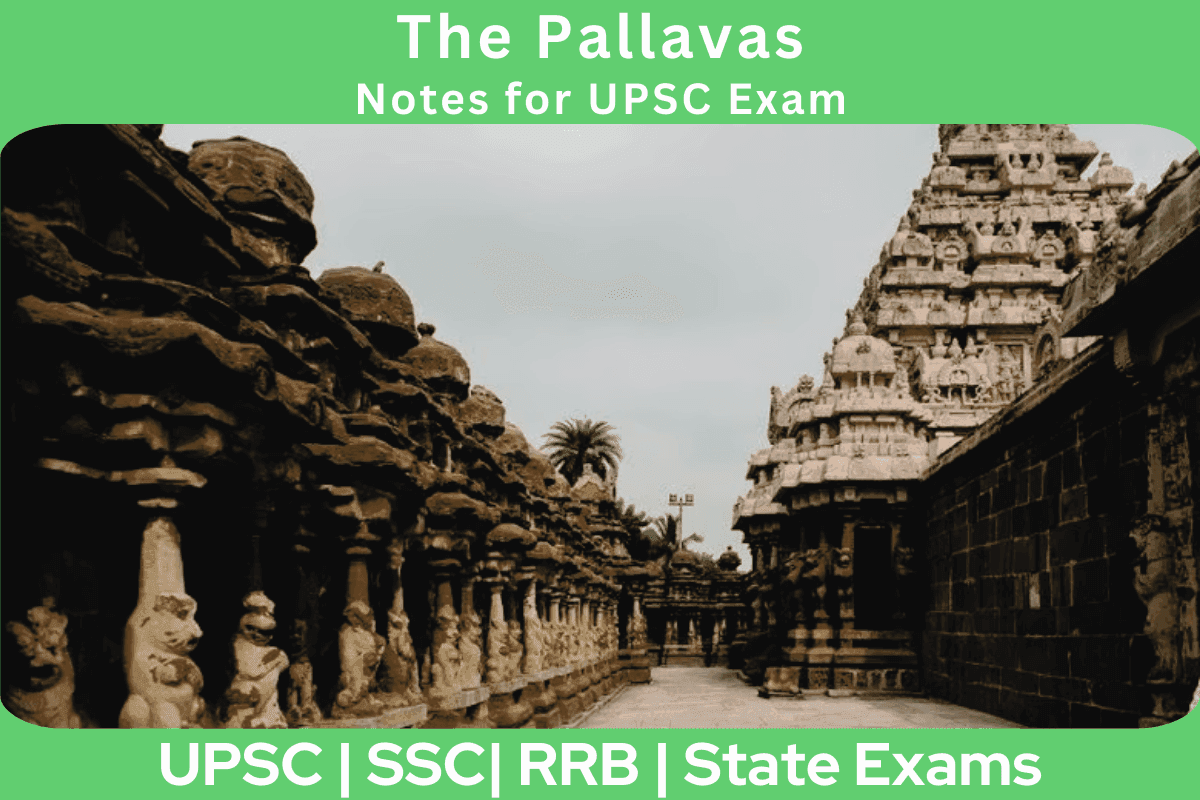
The Pallava Dynasty was located in South India and ruled from 275 to 897 CE. They made significant contributions to religion, philosophy, art, coins, and architecture, establishing themselves as powerful rulers in the region. This topic is extremely important for UPSC IAS and other state level exams.
Pallavas – Overview
- The peak of Pallava’s power was during the reigns of Mahendravarman I and Narasimhavarman I.
- While in Tondaimandalam, they often clashed with the Cholas and Pandyas in the south and the Chalukyas of Badami in the north.
- The distinctive shore temple design is what they are best known for.
This article explores the Pallava Dynasty (275CE-897CE), an essential part of the History segment in the UPSC Syllabus.
Pallava Dynasty – Origin
- The Pallava Dynasty’s origins are unclear, with historians proposing various theories.
- Some suggest they are a branch of the Parthian people, an Iranian tribe that gradually moved to South India.
- Others argue they are a local dynasty formed in the South, resulting from a blend of different clans.
- According to some experts, their roots trace back to the Tondaimandalam area near Madras, where they initially settled.
- Another theory suggests they are the offspring of a Naga princess from Manipallavam and a Chola prince from Sri Lanka.
- Some believe the Pallavas had a conflict with the Satavahanas.
- The first Pallava kings began their rule in the early fourth century AD.
- By the seventh century AD, the Chalukyas of Badami, the Pandyas of Madurai, and the Pallavas of Kanchipuram were engaged in a power struggle for control over southern India.
Historical Information
- The Pallava Dynasty was founded by Simha Vishnu, a successful conqueror and commander. He established Kanchi, also known as Kanchipuram, as the capital.
- Simha Vishnu, also known as Avanisimha, was the son of Simhavarman III and one of the illustrious Pallava rulers of India. His reign lasted from 556 to 590 CE.
- The main city of the Pallavas was Kanchipuram, and at their peak, their territory spanned from the northern region of Andhra Pradesh to the southern River Kaveri.
- The Pallavas’ dominance played a role in diminishing the power of the Cholas during the seventh century. Narasimhavarman, a Pallava monarch, defeated the Chalukyas and captured their capital, Vatapi (Badami).
- To quell the Kalabhra rebellion, the Pandyas, Chalukyas, and Pallavas collaborated. The Kalabhras were protesting against numerous land grants (Brahamadeya) made by Brahmanic rulers to Brahmanas.
Pallava Dynasty Rulers
Sivaskanda Varman (4th Century AD)
He was a powerful early king, reigning from the fourth century AD. Sivaskanda Varman of Kanchi, a Pallava king who ruled from 275 to 300 CE, granted a charter in 283 CE, showcasing his authority. He performed Ashwamedha and other Vedic ceremonies.
Simhavarman/Simhavishnu (575-600 AD)
Simhavishnu, the first king of the dynasty, marked the “Age of the Imperial Pallavas” by defeating the Kalabhras. He overcame kings of the Chola, Pandya, and Chera regions, asserting control between the Krishna and Kaveri rivers. Known as Avanishimha, he worshipped Vishnu and was visited by the renowned poet Bharavi.
Mahendravarman (600-630 AD)
Simhavishnu’s son, Mahendravarman I, was a versatile ruler skilled in politics, military affairs, poetry, architecture, music, and religious reforms. The Pallava-Chalukya dispute began during his reign, with Pulakesin II defeating him in the Pullalur battle. Mahendravarman avoided further conflict by ceding control of their Northern provinces.
Narasimhavarman I (630-668 AD)
Under Narasimhavarman I, the Pallava dynasty reached its pinnacle. Known as Mahamalla or Mamalla, meaning “great fighter,” he continued the Pallava-Chalukya war initiated by his father. Seeking revenge for his father’s defeat, Narasimhavarman I triumphed over Pulakesin II in three battles, including one near Kanchi in 642 CE. He succeeded Pulakesin II as Vatapikonda after the latter’s demise.
Pallava Dynasty Architecture
- The Pallava Kingdom was famous for supporting Dravidian-style buildings.
- They played a crucial role in the shift from rock-cut structures to stone temples, a transformation still visible in Mahabalipuram today.
- These influential rulers laid the foundation for traditional Dravidian architecture, leaving behind impressive sculptures and magnificent shrines that endure.
- According to the Chinese traveler Hiuen Tsang, Bodhidharma, the founder of the Chan (Zen) school of Buddhism in China, was a prince of the Pallava dynasty.
- Hiuen Tsang visited Kanchipuram during the Pallava rule, praising their benevolent decree.
- Narasimhavarman II built the Beach Temple and the Kailasanatha Temple in Kanchipuram.
- Among the temples, Kailasanatha and Vaikuntaperumal stand out for their exceptional architectural reputation.
- The Vaikuntaperumal shrine, a multi-story temple constructed in the eighth century AD, features sculptures illustrating the Pallavas’ history.
Pallava Dynasty Literary and Religious Contributions
- The Pallavas strongly supported education, and their capital, Kanchi, was a renowned center of learning.
- The prestigious Ghatika in Kanchi attracted students from all corners of India and beyond. Mayurasarman, founder of the Kadamba dynasty, studied the Vedas in Kanchi, and the Buddhist author Dinganaga traveled there for learning.
- Dharmapala, who later became the president of Nalanda University, was born and raised in Kanchi.
- During the rule of Simhavishnu, the eminent Sanskrit scholar Bharavi resided in Kanchi, while another Sanskrit author, Dandin, was a guest at Narasimhavarman II’s palace.
- Mahendravarman I created the Sanskrit play Mattavilasa Prahasana. This period also saw advancements in Tamil literature.
- Dance and music flourished, with Tamil devotional saints expressing the “concept of compassionate God” through these art forms, accompanying religious songs.
Pallava Dynasty Religion
- The Pallavas embraced Shaivism as their local religion, becoming Dravidians. Initially identified as Brahma Kshatriyas (Brahmins in pursuit of arms), by the fifth century AD, they were recognized as Kshatriyas from Tamil Nadu’s Kuruba or Kurumbar.
- They advocated for Sanatana Dharma, practicing traditions like offering Aswamedha and other Vedic sacrifices.
- Some monarchs gifted land to Gods and Brahmins. Mahendravarman I, initially a follower of Jainism like his father, later converted to Hinduism under the guidance of the Shaiva Master Appar.
- The Pallava Dynasty declined with the rise of the Rashtrakutas, and in 897 AD, Chola King Vijayalaya decisively defeated the last Pallava Monarch, Aparajitavarman.
Pallava Dynasty Decline
- The downfall of the Pallava Dynasty in South India began when Vikramaditya II attacked Kanchi and briefly occupied the city.
- The Pallava Kingdom faced assaults from the Gangas, Rashtrakutas, and Pandyas in the west.
- Dantidurga, ruler of the Rashtrakuta Kingdom, defeated Nandivarman, who, to prevent the Pallava Empire from falling apart, offered his daughter Reva in marriage to Dantidurga.
- The authority of the Pallavas persisted until the late ninth century CE. Notable rulers during this time included Dantivarman (795–846 CE), Nandivarman III (846–869 CE), and Nripatunga (869–899 CE). Aparajitavarman served as the last Pallava monarch in 903 CE.
- Chola king Aditya I defeated Aparjitavarman, seizing control of the Kanchi region. Consequently, the Pallavas no longer ruled in South India.


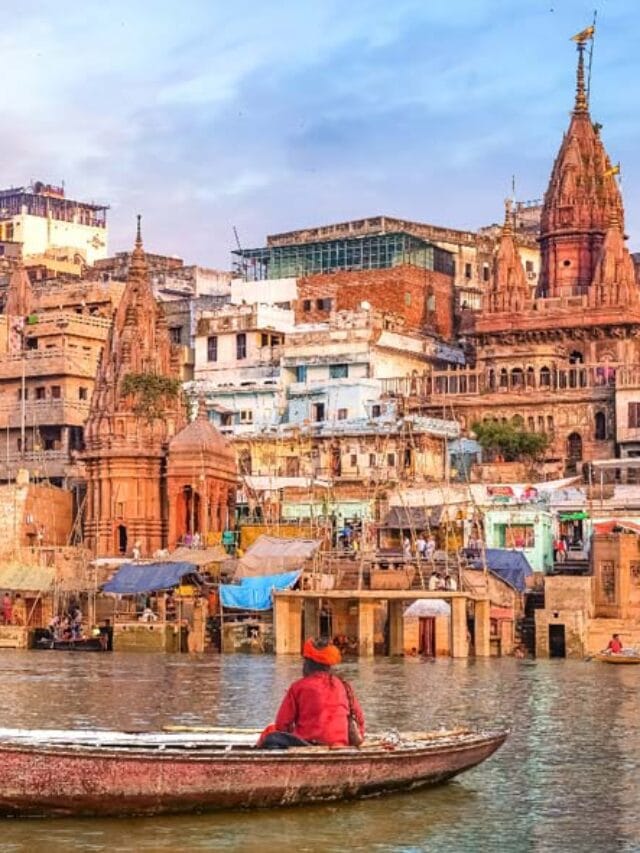
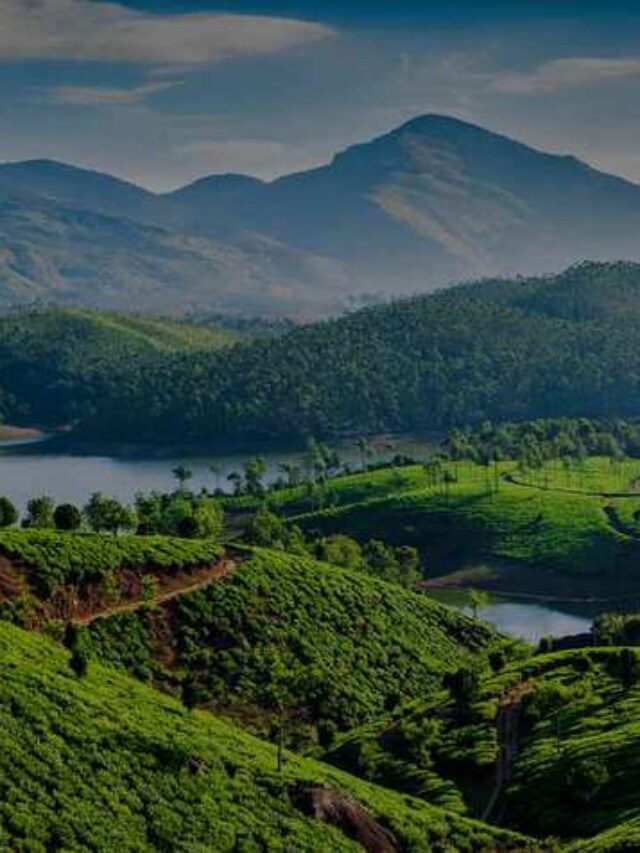
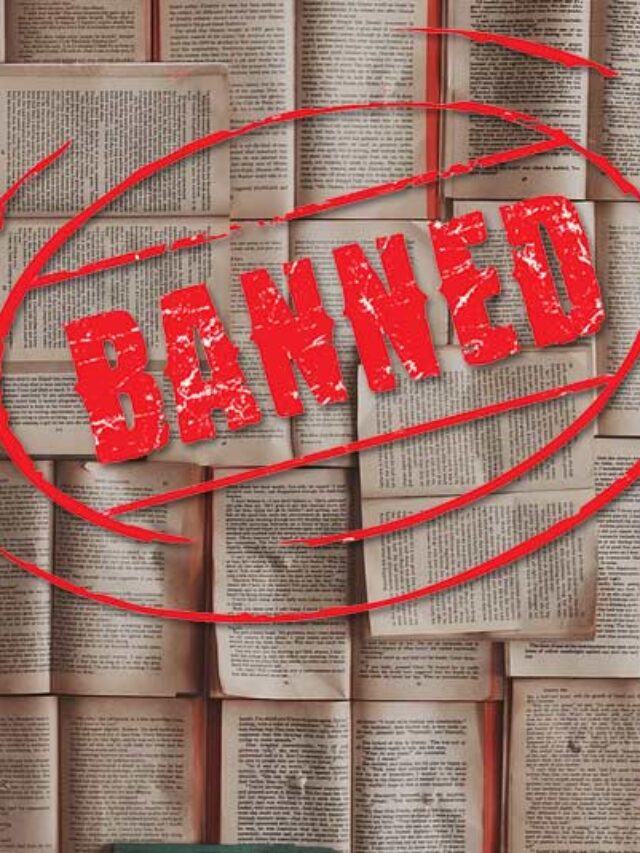
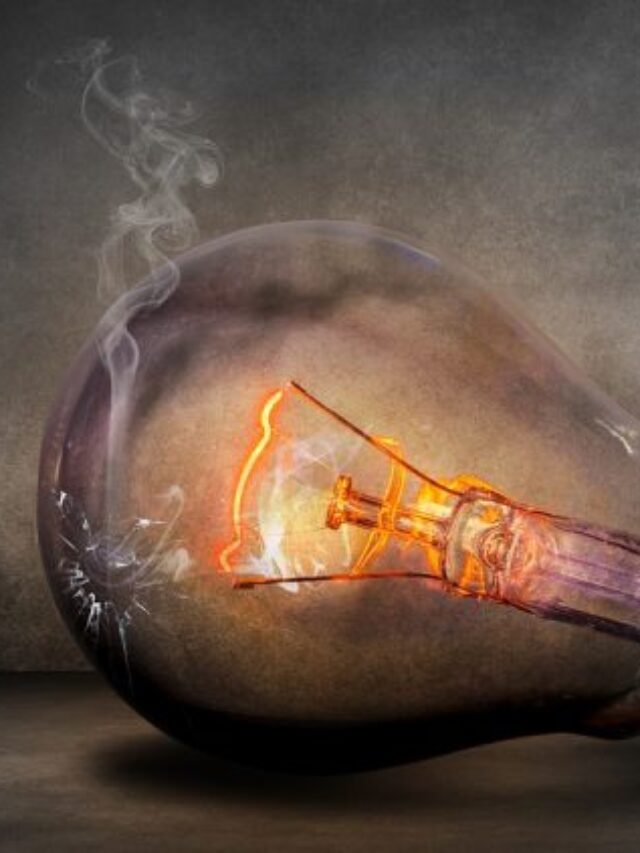


Leave a Reply